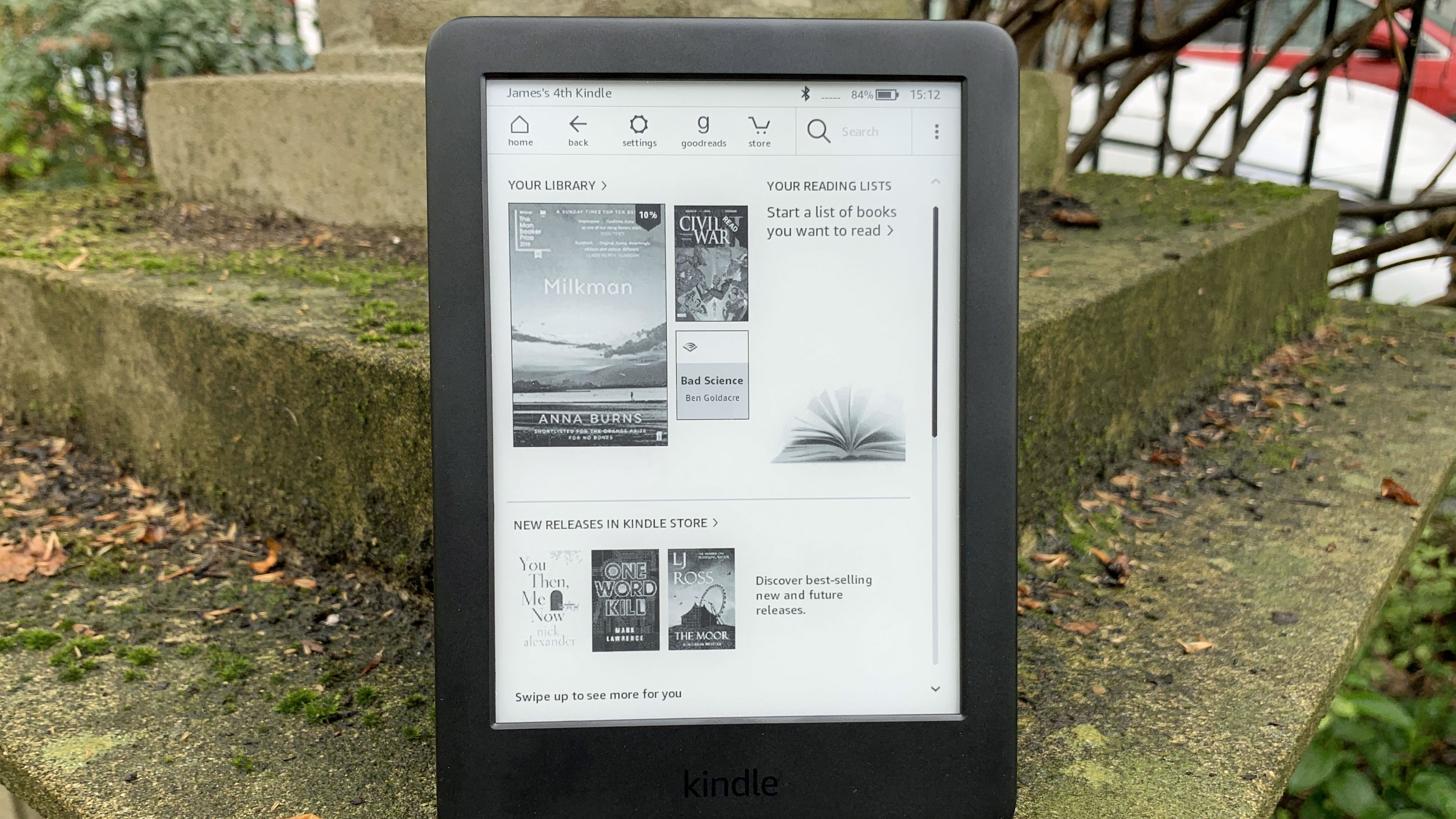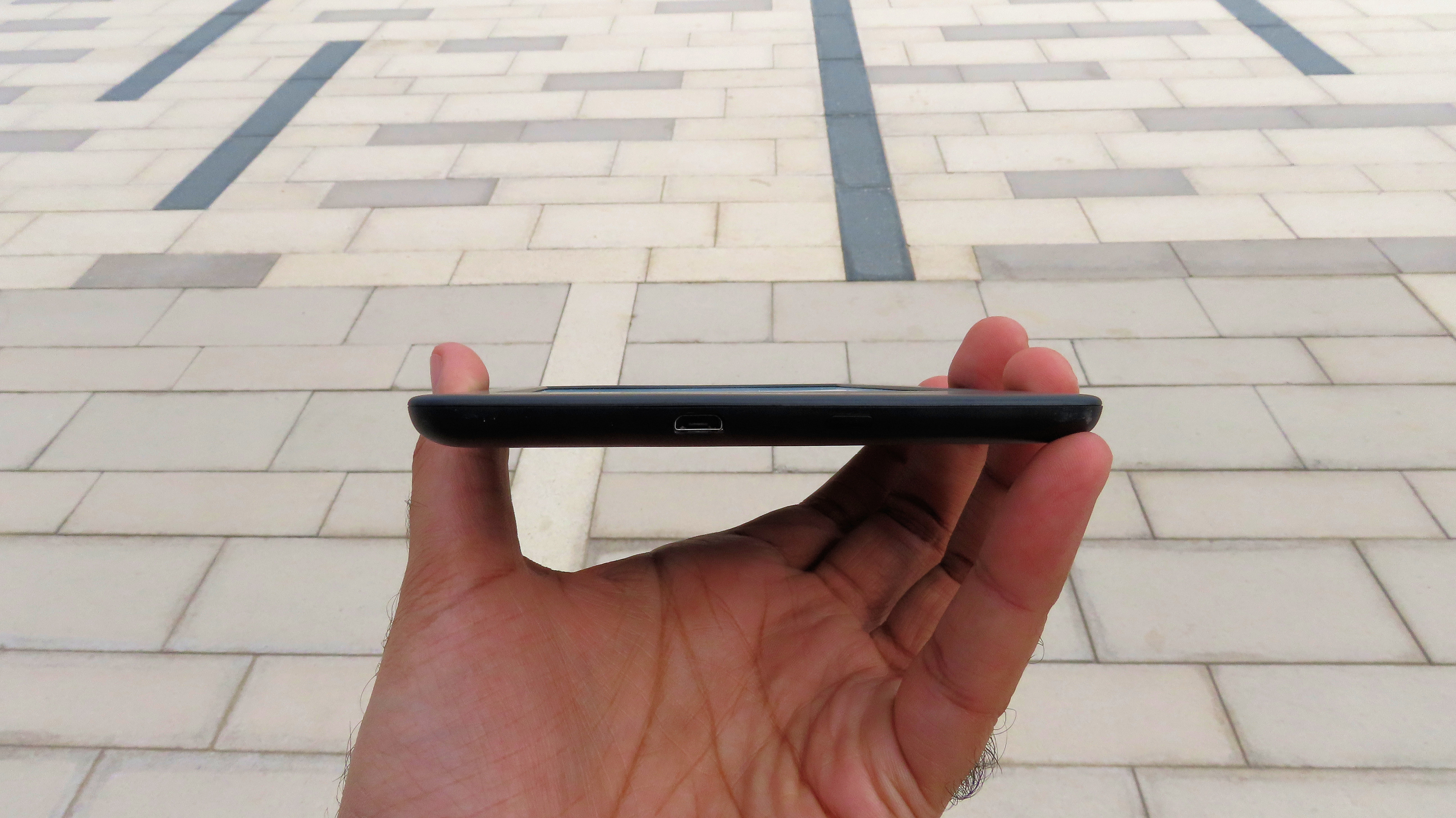In March 2021 it'll have been two years since the Amazon Kindle series of ereaders last saw an entry; we're talking about the entry-level range, not the Paperwhite or Oasis devices (though they haven't seen updates in a while either).
Amazon typically only waits two or so years between generational updates for its ereaders though, so we could see a new Amazon Kindle released sometime in 2021.
There haven't been any credible reports that a new Kindle is coming, but when some appear we'll make sure to bring them to you here; until then, though, we've written up a wish list of new features and changes we'd like to see in whatever ereader Amazon comes up with next.
Cut to the chase
- What is it? The eleventh generation of Kindle ereader
- When is it out? No clue, but hopefully mid-2021
- How much will it cost? Likely £69.99 / $89.99 / AU$139
New Amazon Kindle (2021) release date and price

We don't have any clue as to a release date for the next Amazon Kindle - the company generally waits around two years between releases of each of its types of ereader, but that's not always been the case as of late, and reports suggest Covid-19 affected Kindle production.
We last saw a member of the 'vanilla' Kindle line in March 2019, and the Kindle Oasis (2019) was the last Amazon ereader of any sort to get launched, in July 2019. So a new Kindle is long overdue.
The price of entry-level Amazon Kindle ereaders changes a touch, but not a whole lot - the last one cost £69.99 / $89.99 / AU$139 for the base model, going up to £79.99 / $109.99 (about AU$150) if you don't want adverts appearing on the home screen, and we'd expect to see a similar price again.
What we want to see
Here are some things we want to see in the new Amazon Kindle (2021).
1. Connection to 5GHz internet
While most devices connect to both the slower 2.4GHz and faster 5GHz internet bandwidths, Amazon Kindle devices only hook up to the latter. That might not seem a problem - why do you need a fast connection if you're only downloading books?
Trouble arises because 2.4GHz is being phased out in some areas, and communal internet providers or even personal routers might not output the signal. This could lead some people to be unable to connect their Kindles to the internet.
If Amazon improved the Kindle's internet connectivity, it wouldn't just improve download speeds, but would enable some people to connect in the first place.

2. A USB-C port
All Amazon Kindle devices charge using micro-USB, which once was the connection standard, though has long since been replaced by USB-C.
USB-C allows for quicker charging, but more importantly, most devices use it, so if Kindle devices did too, you would only have to bring one cable on holiday or when traveling.
3. A monochromatic screen
Color ereaders are just around the corner, with TCL set to launch one in the first few months of the year, and rumors suggest Amazon could do the same with its Kindles.
Getting to see color displays in a Kindle would be great for fans of comic books and magazines, as you'd be able to make out what you're looking at much more easily, although it wouldn't be much use for people who prefer standard books.
We wouldn't like the 'standard' Kindle to have a color screen though, and we'd like to see it stick with monochrome. This is because a color display would bump up the price of the device, and this is supposed to be the entry-level ereader, with as low a cost as possible.
Instead, if Amazon was determined to put out a color ereader in 2021, we'd like to see it be the premium Kindle Oasis, which has a high cost anyway, or perhaps a new device entirely designed for magazines and comic books.
from TechRadar - All the latest technology news https://ift.tt/3pGJsNt
No comments:
Post a Comment